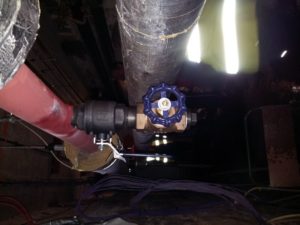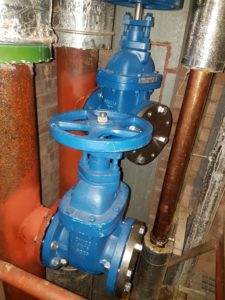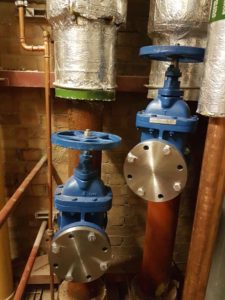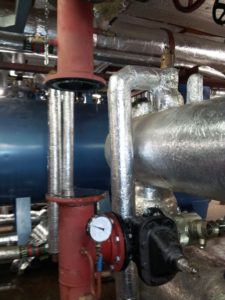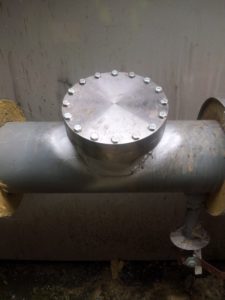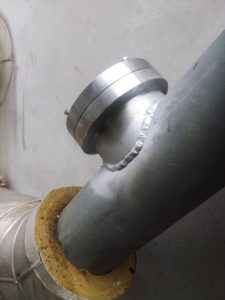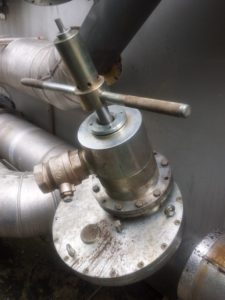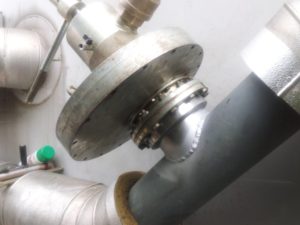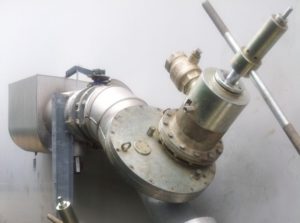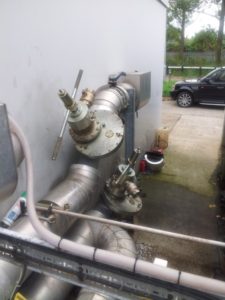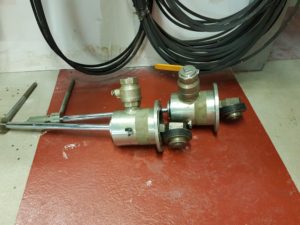Email: sales@pipefreeze.co.uk
Freephone: 0800 634 3111
London: 0207 739 0680
Stansted: 01279 815 749
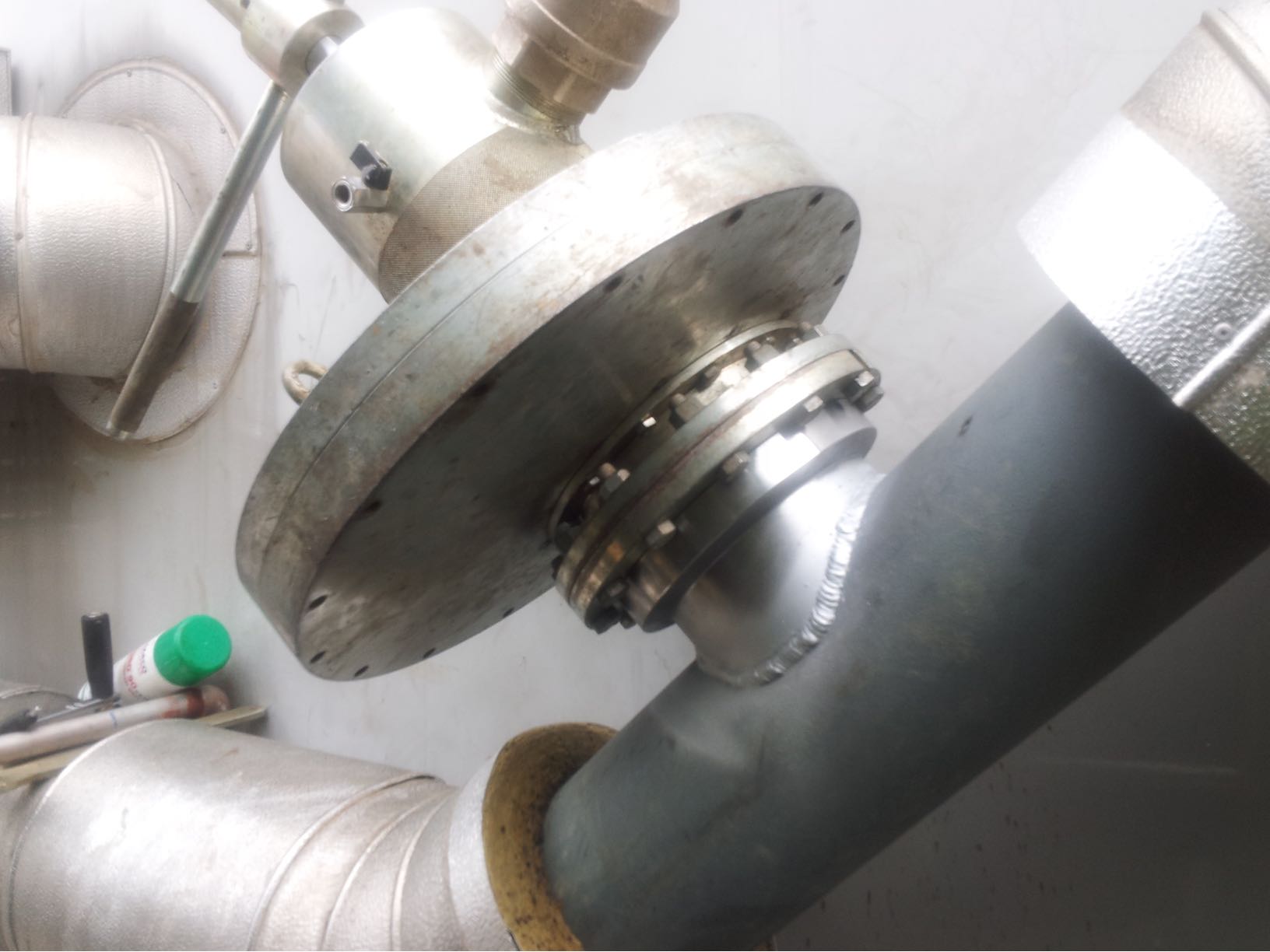
Hot tapping
Hot tapping, or under- pressure drilling, is a method of making a connection to existing pipelines or tanks while that existing system is under pressure.
This method employs a drilling or tapping machine, a full-ported valve and a pressure-containing fitting to the existing pressurised system. The end result a new branch connection abstracted from the original pipe while the line is still operational.
The overall process is completed without any leakage or interruption to the flow of liquid. It is possible to perform a hot tap on pipes from 1″ to 48″ with pressure ratings up to 1480 psi and temperatures up to 700 degrees Fahrenheit.
The types of pipes that this method can be applied to is almost unlimited:
- Cast iron
- Ductile iron
- Non ferrous metal
- Mild steel
- Plastic
- Reinforced concrete
A typical application includes the use of a fitting designed to contain system pressure, a valve, used to control the new branch connection, weld or clamp, and a drilling machine to make the hot tap. The drilling machine generally consists of a mechanically driven telescoping boring bar which advances a cutting tool.
A necessary element in most hot-tap connections is the full-ported valve, which can become a control valve for the new connection, and allows the drilling machine to be removed after the cutting operation. Gate valves and other full-ported valves with flanges and screwed connections; typically include 150lb through 900lb ANSI ratings.
PHL purchases its machinery from leading international suppliers of hop tap equipment and therefore has access to the latest developments in this fast-moving engineering process. PHL is therefore able to put a wider range of solutions together, testing the boundaries, whilst maintaining good practice and adhering to our stringent safety codes.

Line stopping is a method that enables positive temporary isolation to a system when a direct liquid nitrogen pipe freeze isolation is not achievable. Containing a wide range of liquids and pipeline materials the line stop procedure will always receive a line size hot taping to enable the line stop plug insertion.
When used in conjunction with a by-pass, flow to the system can remain ‘on-line’, thus avoiding costly ‘down-time’ whilst repair, relocation and modification takes place.
For examples of industries and customer that have successfully used our expert services see our Clients page

